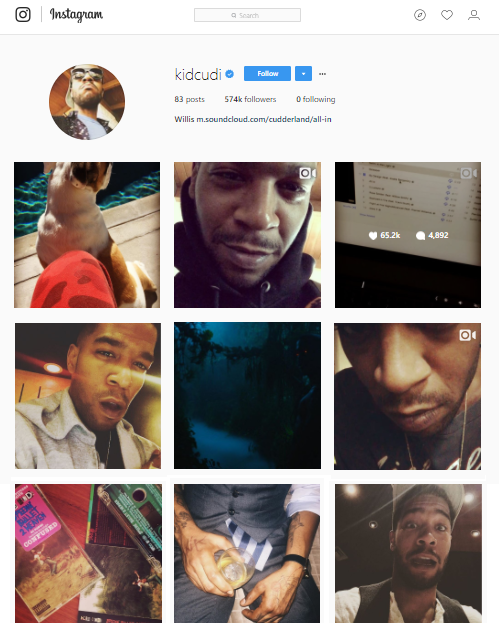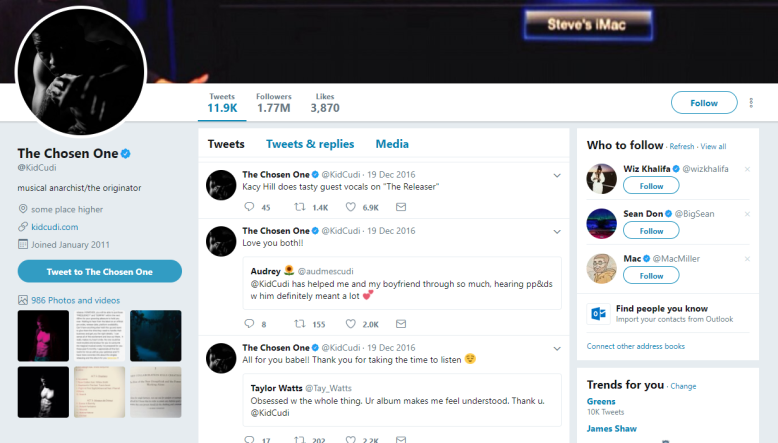This week I was the victim of mistaken identity, manifesting as a barrage of oddly irrelevant, ‘targeted’, advertising.
The Social Media Collective blog defines this algorithmic marketing as “an effort that combined human activity and computational analysis”, yet it reads more like a blind man’s interpretation of the Mona Lisa.

Facebook targeted me with: clickbait generators Revcontent, an ANZ Air Points Visa and Conqa, a construction quality assurance firm.
I can’t help but find the targeted ad for Revcontent a little ironic. I had actually visited their website that same day in order to get to find the culprit responsible for generating the odd clickbait ads that seem to follow me across the internet. The other two seem to grasp my geographic location, but not much else.
Based on my browsing history, Facebook seems to perceive me as a business owner with capital to invest in advertising, overseas trips, and a property portfolio. I honestly can’t fathom – outside of my brief visit to the Revcontent website – where this idea came from but I must say I am flattered.
While my days of Mi Goreng noodles and crowded bus trips up to Kelburn might contrast a little from the life of a corporate hot shot, it’s nice to think of myself in such a way. Hey, maybe one day I’ll take ANZ up on their offer of an airpoints credit card. And who knows, perhaps Facebook has developed technologies to predict the future and are just trying to do me a solid by recommending the services of Conqa, you know, for all the buildings I’ll be putting up.
A little quality assurance never hurt anybody, right?

 (instagram:
(instagram: 
